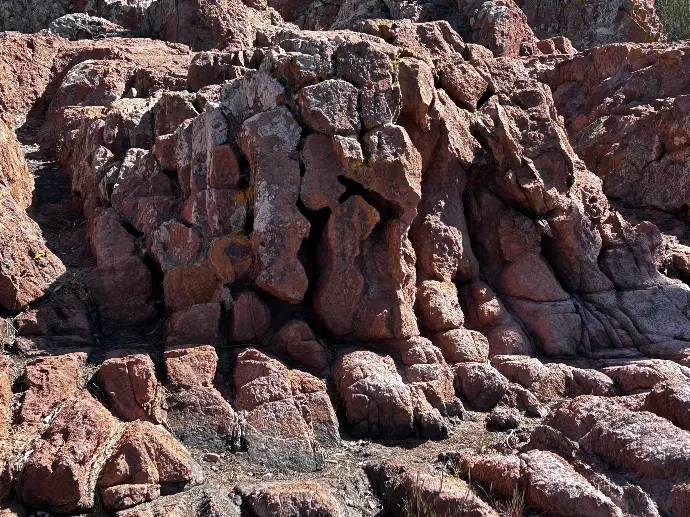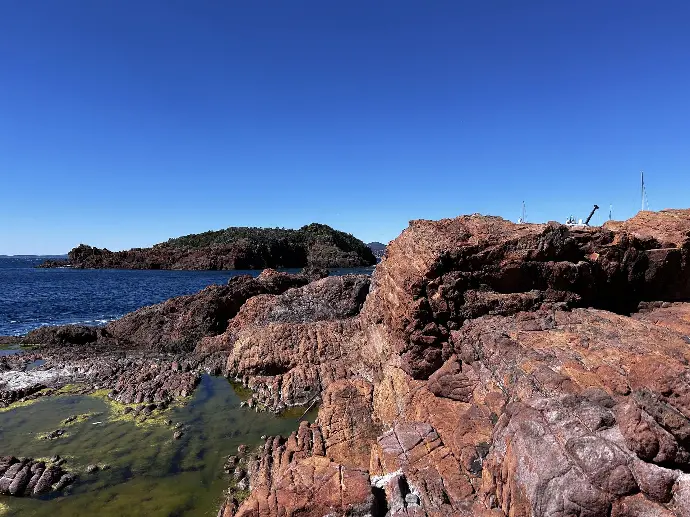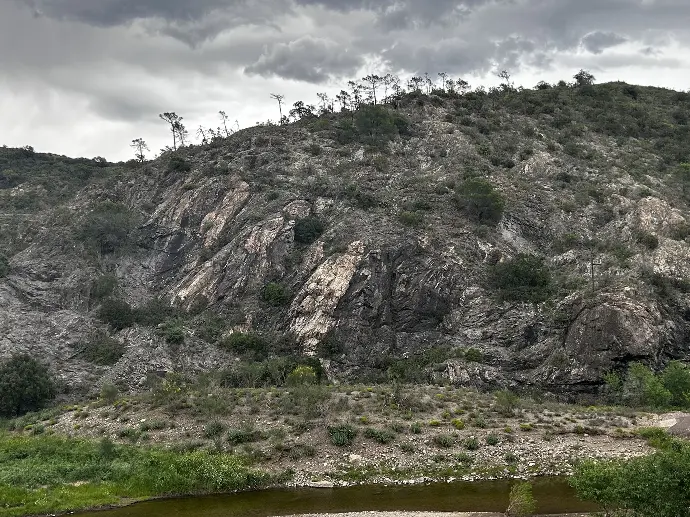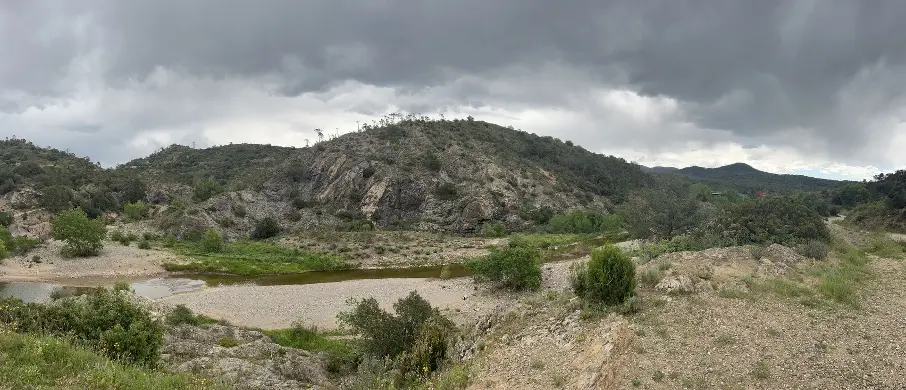Saint-Raphael and its surroundings
Saint-Raphael was built and named as such during the 11th century. However, ancient ruins such as the remains of the Sea Lion Lighthouse are proofs of a much more ancient history related to the rich french Gallo-Roman heritage...
Population
Surface area (m2)
century construction
tourists per year
The geology of Saint-Raphael is characterized by ancient volcanic events that occurred during the Permian period approximately 300 million years ago. A fascinating feature associated with this volcanic activity is the formation of horizontal prisms. These prisms develop as the rhyolite rocks cool down after a volcanic eruption. Fracturing due to heat dissipation initiates from the outer regions and extends towards the central heat source.
Malpasset dam tragedy
The Malpasset dam was constructed on the Reyran riverbed in 1954 to provide water to Saint-Raphael and its neighboring areas. Just 5 years later, a massive rainfall caused the water level to rise, leading to a breach in the dam that couldn't withstand the pressure. As a result, the incident caused the death of more than 400 people.
In addition to this weather event, the geological formation where the dam was situated played a crucial role in the disaster. The Reyran riverbed was formed due to a rupture in the continental crust caused by tectonic movements during the breakup of the Pangaea supercontinent. As a result, the riverbed's sides are riddled with deep faults, making the geological structure inherently unstable. Furthermore, the riverbed consists of metamorphic rocks, foliated schist, which further exacerbates the presence of faults in the area.
It was later discovered that the Malpasset dam was built at a location several hundred meters higher than the originally planned site. While the initial site selection underwent thorough examination by engineers and geologists to ensure safety, the final construction site did not receive the same level of scrutiny.





